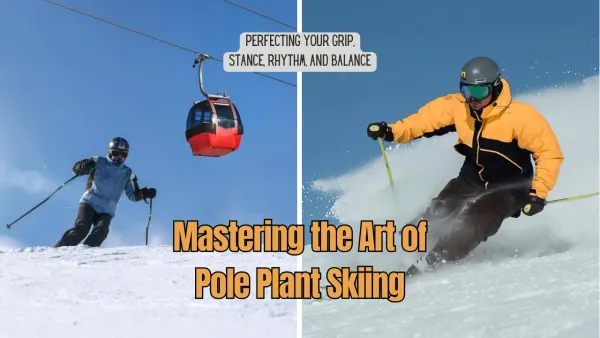
Mastering the Art of Pole Planting in Skiing
Mastering the art of pole plant skiing involves perfecting your grip, stance, rhythm, and balance, to effectively control speed on steep slopes and initiate smooth turns.

A 5th generation Coloradoan and an avid outdoorsman, who's spent his life doing all the things Colorado is famous for - fishing, backpacking, camping, mountain biking, skiing. You name it, I'm there.

Mastering the art of pole plant skiing involves perfecting your grip, stance, rhythm, and balance, to effectively control speed on steep slopes and initiate smooth turns.

Choosing the right length for your skate ski poles is a blend of science and personal preference
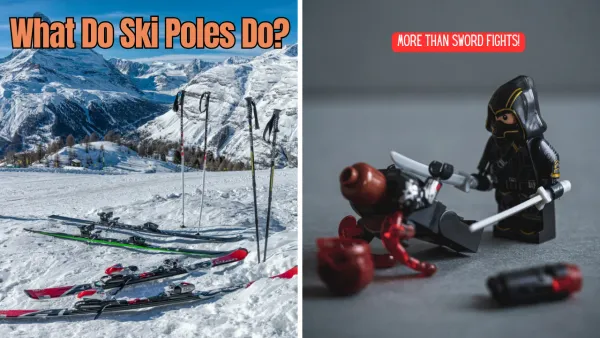
Ski poles serve as essential tools for balance, rhythm, and propulsion in skiing, playing a crucial role in maintaining speed on flat terrain, aiding in turn timing, and providing additional points of contact with the snow for better stability.
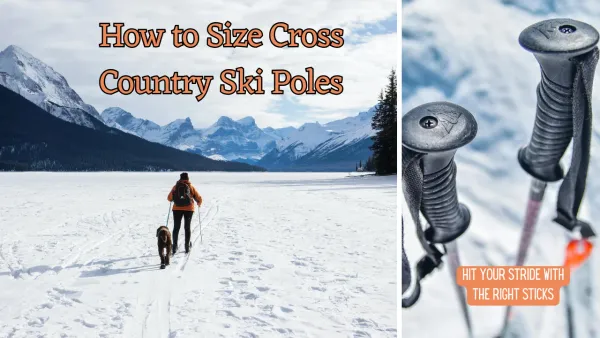
Selecting the perfect length ski poles for cross-country skiing hinges on your height and skiing style.
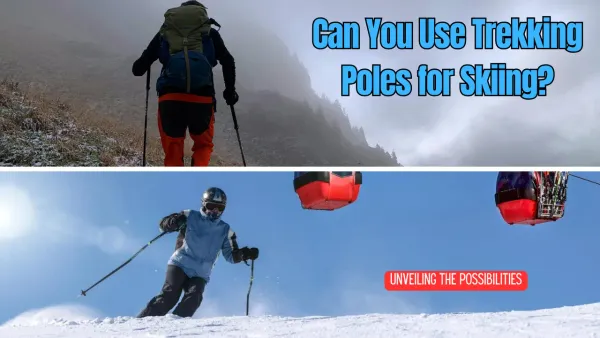
While trekking poles can technically be used for skiing, their durability under the stress of skiing and the smaller baskets typically found on trekking poles may not make them the ideal choice for this activity.
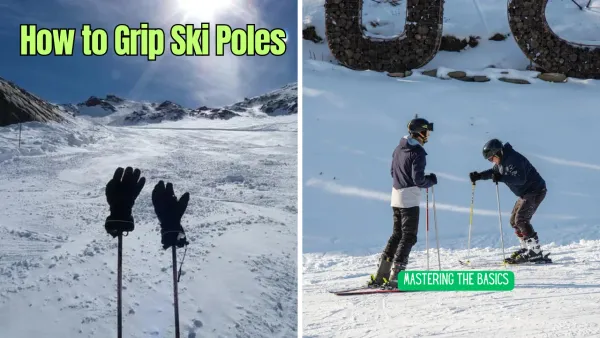
Regular practice and the correct hold boost confidence and skill, propelling you to thrilling new levels on the slopes.

To truly embrace skiing, you need more than just courage and snow – you need the right gear. And at the heart of this gear is the often overlooked, yet indispensable ski pole.

Ski poles, a critical companion for every skier, come with a diverse price range that caters to a variety of needs and budgets.
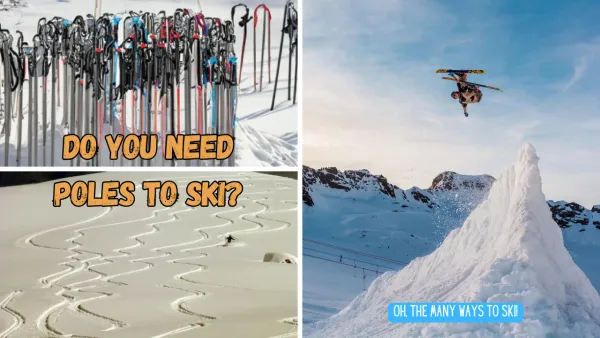
While not essential, ski poles are widely considered a beneficial tool in skiing, aiding balance and timing, facilitating certain maneuvers, and providing an additional point of contact during turns.